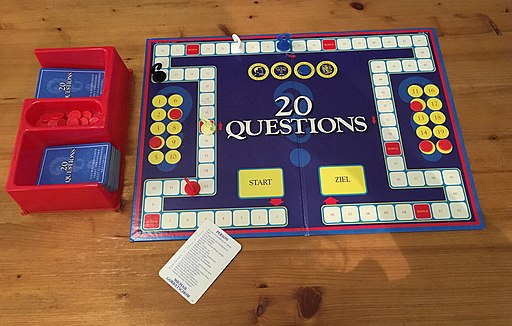Manner of Death Undetermined: MedicoLegal Limbo

When there are too many unanswered questions about a death, the coroner or medical examiner (C/ME) may certify the manner of death as undetermined. That can mean no closure — or even no justice — sometimes forever.
Undetermined manner of death as defined by the National Association of Medical Examiners (NAME) is “when the information pointing to one manner of death is no more compelling than one or more other competing manners of death in thorough consideration of all available information.” In other words, the C/ME doesn’t have enough information to decide how the death happened.
Cause of Death and Manner of Death: What’s the Difference?
The cause of death and manner of death are two different things. The cause of death is what killed the person — heart attack, gunshot wound, drug intoxication, for example. The manner of death is how the death happened. The five possible manners are natural, accidental, suicide, homicide, and undetermined. Natural deaths include deaths due to diseases like cancer or COVID. Accidental deaths can include deaths due to drug overdoses, falls, and blunt or sharp force injuries. Deaths by suicide or homicide can also include deaths due to drug overdoses, falls, and blunt or sharp force injuries. It’s up to the C/ME, after considering the circumstances of the death and results of the autopsy, to decide the manner.
Undetermined Manner of Death is Uncommon
Only about 3% of all death certificates in the United States list manner of death as undetermined. But it varies widely from place to place. One reason is because the philosophy and practices of C/MEs vary widely from state to state and sometimes even within a state. For example, each of Pennsylvania’s 67 counties has its own coroner or medical examiner. Each of those 67 C/MEs has the sole power and discretion to determine the cause and manner of death within their county.
Chester County (PA) had 11 deaths of undetermined manner in 2021. That was 2% of all the deaths (excluding COVID deaths) investigated by the Coroner’s Office that year. The causes of death for those cases included drug intoxication, gunshot wound to the head, asphyxia due to a fire, a death that involved both a fall, and two deaths due to blunt injuries. Homicide couldn’t be excluded in any of the six cases.
Suicide by Drug Overdose Under-Reported
The National Violent Death Reporting System (NVDRS) includes deaths where the manner is suicide, homicide, or undetermined. However, drug intoxication deaths (overdoses) are most often ruled accidental in manner by C/MEs. That means they don’t make it into the NVDRS database. Accordingly, a 2018 study concluded that “suicide by drug intoxication in the US is likely profoundly under-reported.” In many drug intoxication deaths the decedent had a history of mental illness and/or previous suicide attempts. More use of undetermined rather than accidental as the default manner may be justified in such cases and would allow for inclusion of those deaths in the NVDRS.
Amending Undetermined Death Certificates
A C/ME can amend undetermined death certificates if and when they are able to determine a more specific manner of death. The C/ME should periodically review such cases to see if that is possible. Maybe they have new evidence or new scientific tools. Or maybe a different C/ME is now in the office and brings a fresh perspective or knowledge to the case. As Coroner I once changed an undetermined manner to accidental on a 10-year-old case. The cause of death was not in question: asphyxia due to hanging. Probably the certifying coroner had been unable or unwilling to decide between suicide or accidental manner. In my opinion there was enough information to indicate the hanging had occurred during autoerotic activity and accordingly I amended the manner of death to accidental.
Getting Unsolved Cases out of Limbo
Deaths of undetermined manner are the unsolved cases of a coroner’s office. A C/ME can take three possible actions to solve these mysteries. The first is to annually review all undetermined cases. The second is to establish a review committee for undetermined deaths, just as is done for child deaths or maternal mortality cases. As an alternative to convening a committee, a second opinion might be helpful. The third action is to hold an inquest. The inquest is making a comeback for deaths-in-custody, but could also be useful help clear undetermined cases. Pennsylvania law [PA 16 P.S. 1219B (b)] specifically mentions inquests for undetermined cases: “If the coroner is unable to determine the cause and manner of death following an autopsy, the coroner may conduct an inquest upon a view of the body as provided by law.”